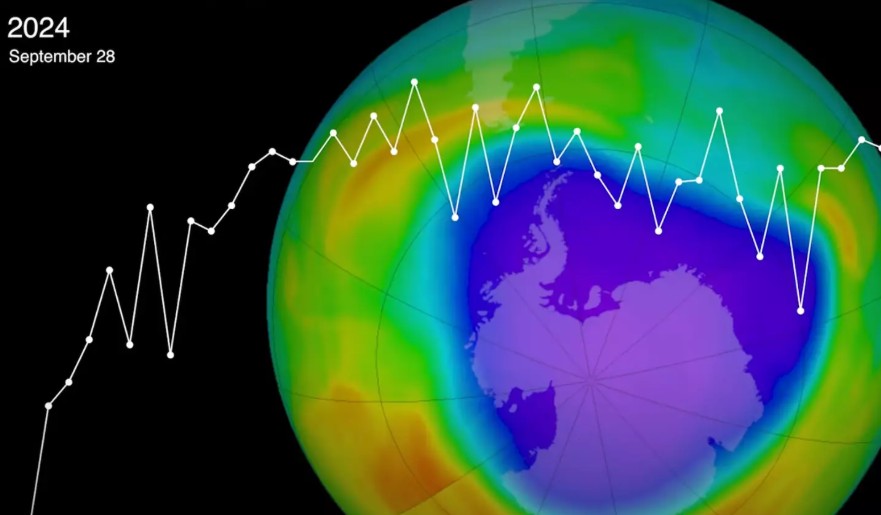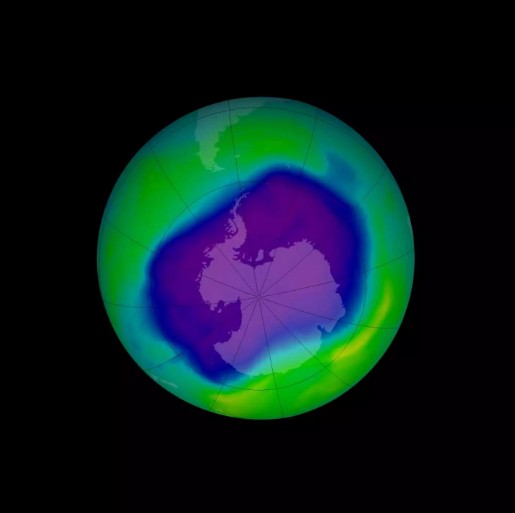Scientists have confirmed that the hole in the Antarctic ozone layer is shrinking and could eventually disappear, thanks to decades of global efforts to reduce ozone-depleting substances. A new study led by the Massachusetts Institute of Technology (MIT) found clear evidence that policies like the 1987 Montreal Protocol, which banned harmful chemicals such as chlorofluorocarbons (CFCs), are directly responsible for the ozone layer’s recovery.
Using a technique called “fingerprinting,” the researchers analyzed satellite data and climate simulations to separate natural weather patterns from human-caused changes. Their findings showed with 95% confidence that the reduction in ozone-depleting chemicals is the main reason for the healing ozone layer. According to the study, if this trend continues, the hole could be completely gone by around 2035.

In 2023, satellite measurements showed the ozone hole had reached one of its largest recorded sizes, spanning more than 26 million square kilometers—larger than North America. However, the new research confirms that, despite temporary fluctuations, the overall trend is one of recovery. Scientists believe this success proves that international cooperation on environmental issues can lead to real, measurable progress.
With the ozone layer on track to fully heal, experts hope that the Montreal Protocol’s success can serve as a model for addressing other global environmental challenges, such as climate change. The study’s lead author, Susan Solomon, emphasized that this is a rare example of humans successfully reversing major environmental damage, showing that decisive action can make a lasting impact.




